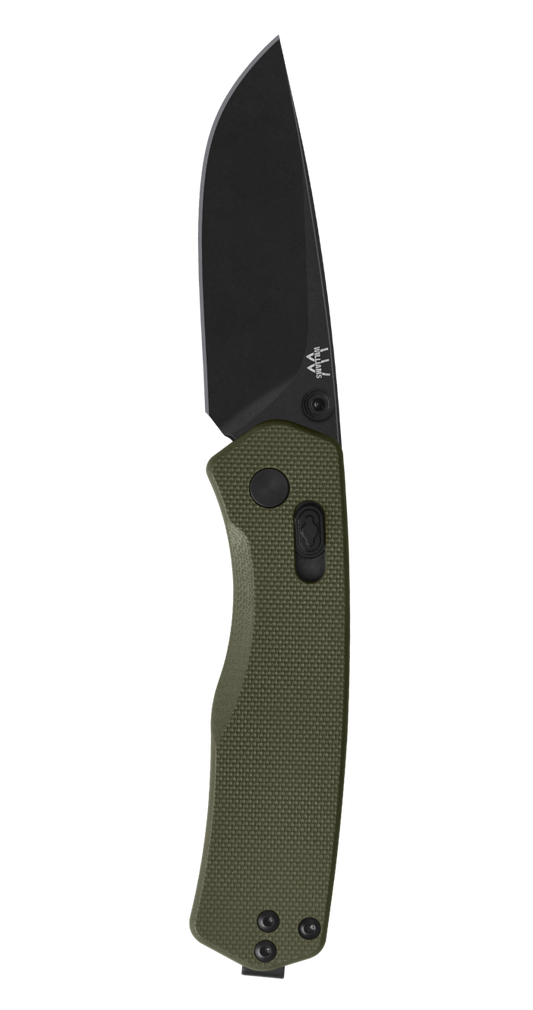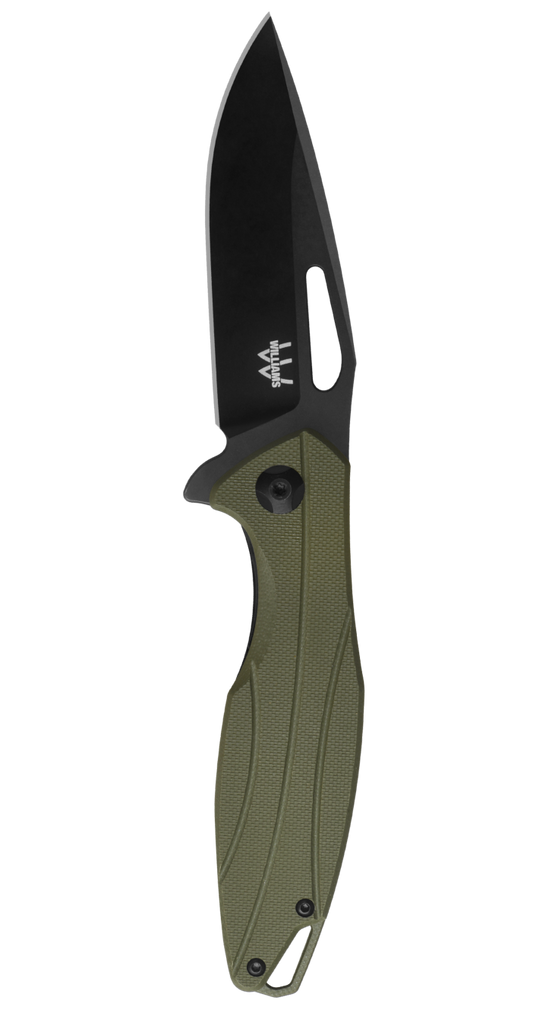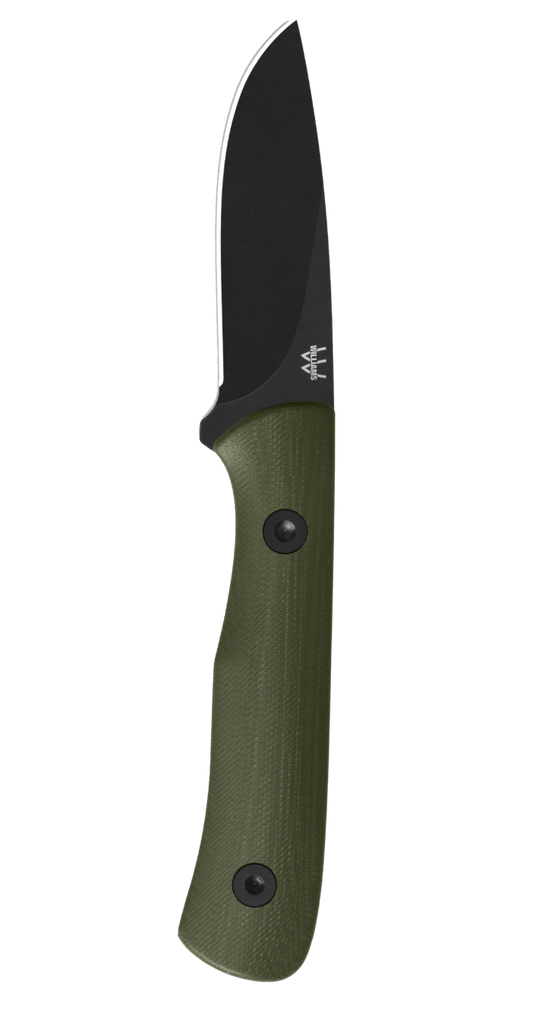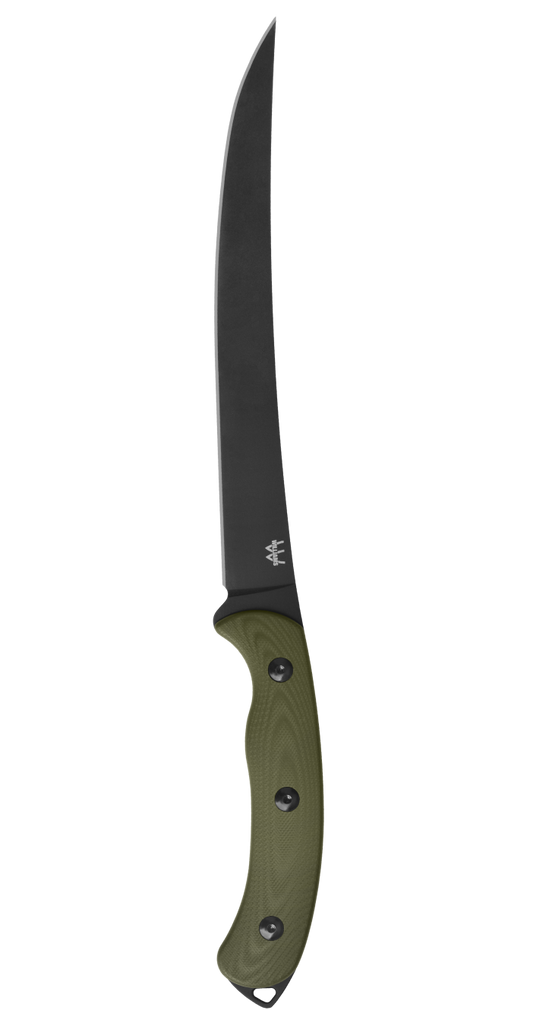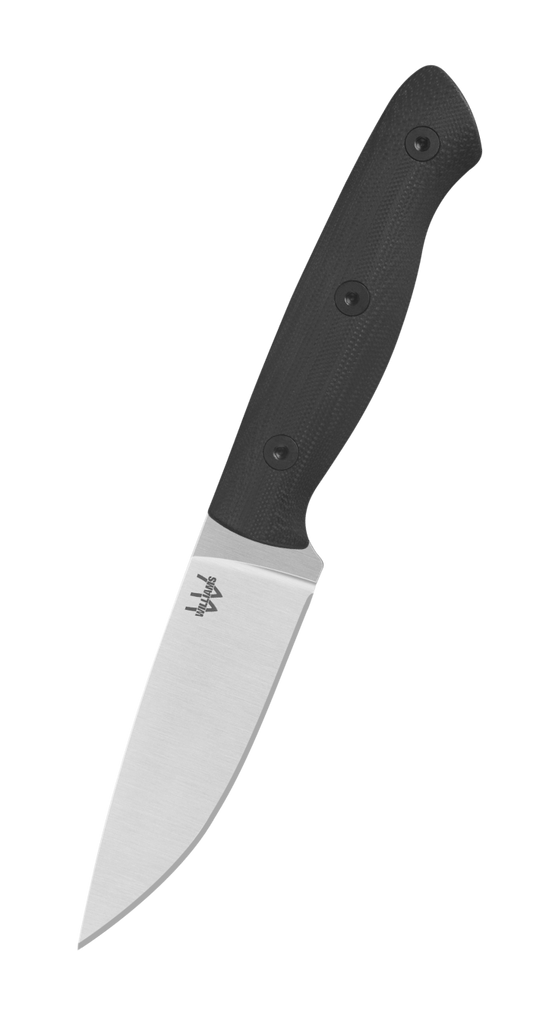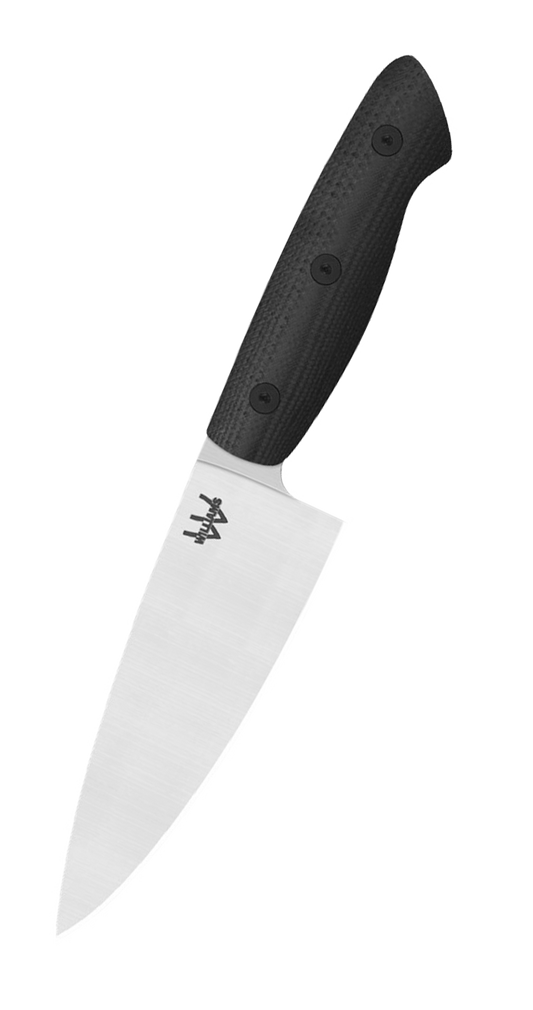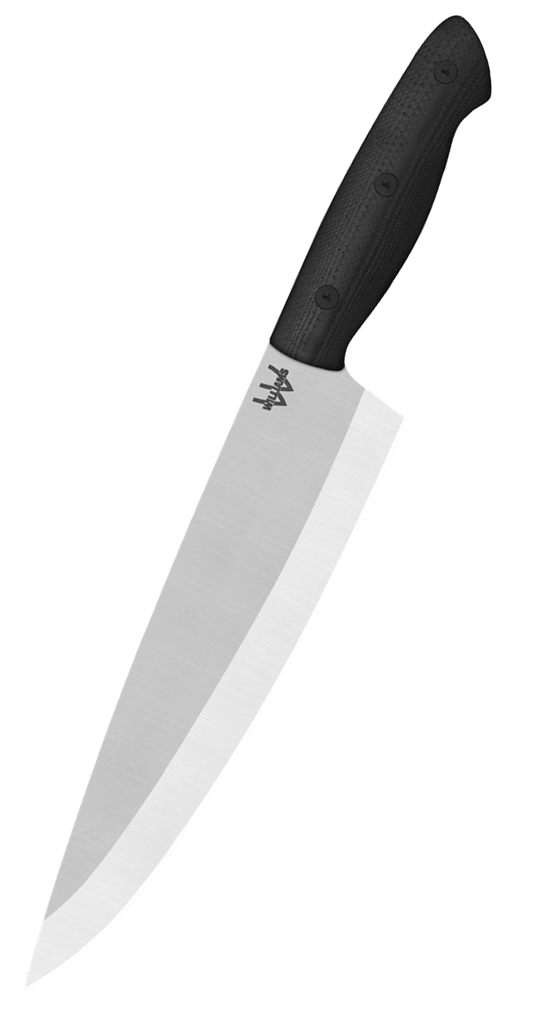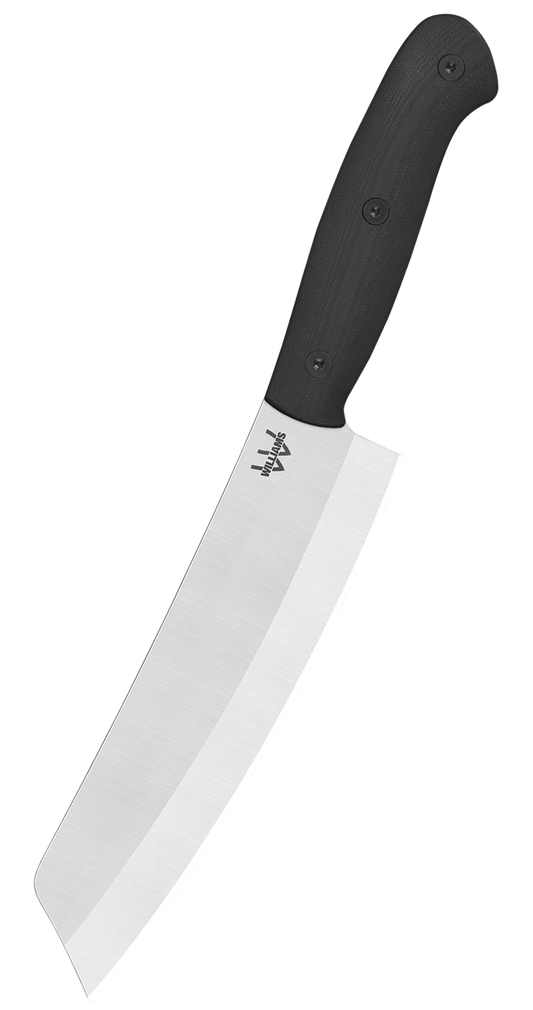How To Field Dress a Deer: A Guide to the Art and Science of Skinning a Deer
As the crisp autumn air sets in and the leaves begin to change, the woods beckon to us hunters across the nation. The thrill of the hunt, the connection with nature, and the promise of a successful harvest make deer hunting a cherished tradition. But for all of the work we put into planning and hunting, the real work begins once the deer is down. Field dressing and skinning a deer are crucial skills every hunter should master. In this guide, I'll take you through the steps I’ve adopted to quickly and effectively field dress a deer.
What's Needed for Deer Harvesting?
Before you harvest a deer, you must have all the necessary tools to dress it and skin it. The basics include a sturdy hunting knife, a bone saw, latex gloves, and bags for placing your cuts. You’ll need only your knife with you in the woods and can leave other processing tools at home, unless you’re camped out and plan to process your deer at camp. This shouldn’t be just any knife; it needs to be designed to make easy work of gutting, skinning, and making those difficult cuts around bones and through joints. And even more importantly, your hunting knife needs to be razor-sharp.
Choosing the Best Knife for Dressing and Skinning a Deer
As with any tool, having the right knife to dress and skin a deer makes the work more precise and efficient, and in the end, easier. Just like a tile cutter makes the specific task of cutting tiles easier than using a rotary tool with a tile attachment, a knife designed for deer dressing will make the task far less frustrating and deliver a better end product than a multi-purpose blade.
To make easy work of field dressing and skinning a deer, choose a fixed-blade knife with a drop point shape for precise cutting, and a composite handle for extra grip. An M-390 steel blade is the go-to for most hunters as the knife will retain its sharpness throughout the season and requires little maintenance. Within those guidelines, choose the length that works best for you.
The Importance of a Sharp Knife
A sharp knife is the cornerstone of my successful field dressing and skinning process. When I'm in the field dealing with a large game animal like a deer, I appreciate the efficiency and precision a sharp knife provides, including:
- Clean Cuts: A sharp knife slices through tissue cleanly and effortlessly, minimizing trauma to the meat and making the field dressing process smoother.
- Safety: A sharp knife is safer to use. Dull knives require more force, increasing the risk of accidents. With a sharp knife, I have better control.
- Time Efficiency: With a sharp knife, I can work quickly and efficiently. When I'm out in the field, time is of the essence to preserve the quality of the meat.
How Soon Should a Deer Be Field Dressed?
Field dressing should be done as soon as possible after harvesting the deer. The longer you wait, the greater the risk of spoilage and bacterial growth. In warm weather, aim to field dress the deer within a couple of hours, but in cooler temperatures, you may have a bit more leeway. It's always best to err on the side of caution and field dress promptly.
Do You Bleed a Deer Before Field Dressing?
You should bleed a deer immediately after the harvest. This helps remove excess blood from the meat, improving its flavor and quality. To bleed a deer, I cut the throat carefully, severing the major blood vessels. Allow the deer to bleed out completely before proceeding with field dressing. Proper bleeding is especially important in warm weather to prevent meat spoilage.
Note: Before harvesting a deer you should know the status of Chronic Wasting Disease (CWD) in your area. Even if CWD is not present, it’s not a bad idea to treat your harvest like the disease is present and follow CWD guidelines.
How I Field Dress My Deer
Field dressing a deer may initially appear daunting, but for those of us who have honed our skills through years of hunting, it's become second nature—a time-honored ritual that connects us deeply with the outdoors. Allow me to share my seasoned perspective on how I tackle this crucial process:
Start With Surgical Cuts Around the Anus
The first step in field dressing a deer is to make a clean cut around the anus. It may sound basic, but it's necessary to maintain cleanliness and avoid any potential contamination. I use a sharp knife to create a circular incision, ensuring I don't pierce the intestines in the process. This initial cut sets the stage for the rest of the field dressing process.
Note: Leave the sex organs attached per regulations.
Cut the Chest Cavity (AKA Unzipping)
Once the anus is neatly circumvented, it's time to move on to a step often referred to as "unzipping" the deer. This involves making a long, vertical incision along the deer's belly, running from the pelvic area up to the base of the throat. Precision is key here, as this cut provides access to the chest cavity, where most of the field dressing work takes place.
Cut the Diaphragm
With the chest cavity open, I locate the diaphragm, a muscular membrane that separates the chest from the abdominal cavity. To facilitate the removal of the deer's internal organs, I carefully make an incision through the diaphragm. This cut allows me to access the heart, lungs, and other vital organs situated within the chest.
Cut the Windpipe
Next, I turn my attention to the windpipe, also known as the trachea. A precise cut through the windpipe, near the base of the throat, is necessary to complete the separation of the deer's respiratory and digestive systems. This step ensures that I can cleanly remove all the internal organs while minimizing any potential contamination from the digestive tract.
Pull Everything From the Windpipe Down and Out
Now, it's time for the critical task of removing the internal organs. With careful and deliberate movements, I reach inside both the chest and abdominal cavities, gently detaching the heart, lungs, liver, and intestines from the surrounding tissues. It's imperative to proceed methodically, taking care not to puncture any of these organs during the extraction process. As I go, I place each organ into a separate bag to maintain their integrity and prevent any cross-contamination with the meat.
With the organs removed, you can now transport your deer home or back to camp.
Hanging the Deer
Hanging a deer after field dressing is a common practice among hunters. It allows the meat to cool and age, enhancing its flavor and tenderness. But hanging isn't always necessary, especially if you plan to process the meat immediately. If you do choose to hang the deer, ensure it's in a cool, well-ventilated place, and be mindful of local regulations regarding game handling.
To hang your deer, tie a couple loops of cord to the deer’s hind legs, a few inches above each foot, and hook a gambrel through these loops.
How To Skin the Deer
Once the internal organs have been successfully removed, I shift my focus to skinning the deer. This step is essential for preserving the meat and preparing it for further processing. To skin a deer:
Secure the Deer
Start by hanging the deer, if possible, from a sturdy tree branch in the field or a gambrel at home. This provides a stable and comfortable working height, making the skinning process more manageable.
Begin at the Hind Legs
I always start from the hind legs. Using a sharp hunting knife, make a small incision around the ankle area. Then, carefully peel the hide away from the muscle, working your way up toward the body.
Work Slowly and Deliberately
Take your time as you progress along the deer's hindquarters. Keep the knife blade parallel to the body to avoid cutting into the meat. Use your free hand to pull and stretch the hide away from the muscle, making it easier to separate the two.
Move to the Belly
Once you've worked your way up the hind legs, it's time to tackle the belly. Make a shallow cut along the belly's midline, and then slowly peel the hide away from the body, again using your free hand to assist.
Free the Shoulders and Neck
After the belly, move to the front legs and shoulders. Begin by carefully cutting around the front legs' joints. As you work, use short, controlled strokes to separate the hide from the muscles. Pay special attention to the armpit area, where the hide can be tightly attached.
Remove the Hide from the Neck and Head
Now, focus on the neck and head. Make an incision around the base of the neck, and then gently peel the hide down, working it over the head. Take extra care when removing the hide around the ears and eyes to prevent damage to the cape if you plan to mount the deer.
Tail and Finish
Lastly, cut around the base of the tail and continue to peel the hide down toward the hind legs. With patience and a steady hand, you'll be able to remove the hide completely, leaving the deer's meat clean and ready for processing. Clean your knife properly, check its sharpness and resharpen if necessary, and pack it with your gear because tomorrow’s another day.
In the grand tapestry of hunting, field dressing a deer is a skill born of experience and a deep respect for the animals we pursue. Each step is an homage to tradition, a testament to our connection with the land, and a pledge to make the most of the bounty nature provides. With time, patience, and reverence, field dressing transforms from a daunting task into a time-honored rite, embraced by those of us who find solace and sustenance in the wilderness.

